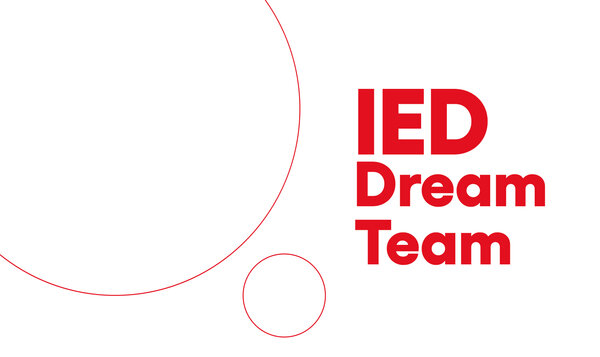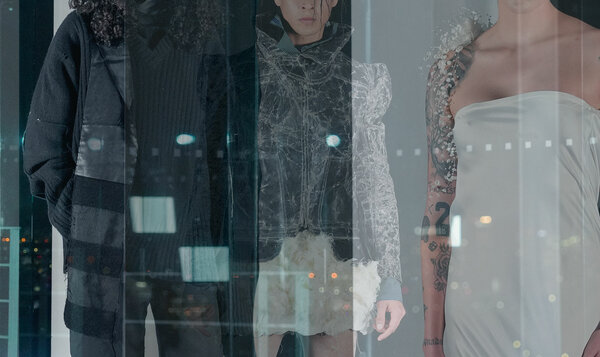From assimilation to diversity: Luciano Drehmer’s journey across cultural boundaries to discover the future of design and humanity

Diversity as a gateway to the future
Date
15 November 2018
Over the last ten years, increasing globalisation and its cultural, political and socio-economic repercussions have occupied the world stage, where distances have shortened and borders diluted, merging diversity and filtering it through a single “funnel”. But today, the movement has changed, and globalisation and internationalisation are competing.
Today, we increasingly witness a shift from a globalised to an “internationalised” world. Understanding these concepts reveals a contemporary, albeit slow and incomplete, trend of assimilation of individualities, understood as part of a collective to be understood and shared.
This is what Luciano Drehmer’s transversal trajectory aims to demonstrate: Brazilian of German origin, a graduate in Design at IED, trained with Italian and Paulist designers, Luciano now works, together with Americans and Russians, in China.
In 2005, attracted by the internationality and methodology of teaching, Luciano undertook his studies in Design at IED São Paulo, where, at just 24 years old and recently graduated, he went from being a student to a lecturer. In addition to his academic career, he opened his agency without ceasing to collaborate with others and has worked for companies such as Nike, Carrefour, GQ Magazine and Rolling Stone.
After 13 years working in the Brazilian design industry, he landed in Asia to “get to know the continent that is home to the majority of the planet’s population, to which the future of mankind and the technological avant-garde look”, he says. And with the prospect of immersing himself in the other hemisphere, with all the differences that this entails and that he had already anticipated in his imagination, he moved to Asia’s Silicon Valley.
The political and cultural discrepancies between China and Brazil, for example, are evident in several areas, and Drehmer cites the philosophical and religious values that underlie these differences: “We are Platonic-Christians, they are Confucian-Taoists”. This contrast not only manifests itself in the philosophical-religious field. It is also reflected in how he had to relate to design, “from the choice of colours to the amount and distribution of information in a layout”.
In an interview he gave us, Luciano recalls the image of design offered to him by IED as not only a commodity but also a political tool. Combined with this interpretation, the new perspectives developed in his pluralistic journey, especially on the other side of the globe, transformed his view of the human being and his values, leading to a perception of the other through an intellectual renewal: “I learned things again from scratch and reintroduced them to the West”.
When we asked him about his most important work, or at any rate, the one that entailed the greatest challenges for him, the choice fell on the redesign of the Global Store Amazon China.
“I had to design a family of Chinese characters myself without knowing exactly what they meant. I immersed myself in learning: I was drawing and, simultaneously, learning the Chinese writing system and the meaning of those ideograms, an authentic experience”.
Drehmer is currently part of the Jackalope team, a design and marketing consultancy agency, where he uses his international experience to open up new avenues, using opportunities for revision, reflection, and respect for strangers to dismantle beliefs and think differently. “Culture clash is of great importance in this sense: it broadens perception, is a source of inspiration and generates ideas”.
Author: Amanda Obara








